Title: Repurposing Failure: The Power of a Resilient Mindset
Failure is an innate part of life. We all encounter it, experience it, and, if we’re smart, we learn from it. Many of us though are seduced by the conventional wisdom that failure is the end. That it signals an intrinsic inadequacy in our aptitude or capabilities. But today, I challenge you to rethink this notion, to understand that failure is not the end. It is merely a stepping stone, a small deviation on the path to success. This is the power of a resilient mindset — the power to repurpose failure.
A resilient mindset reframes failure from a catastrophic finale to a transformational commencement. It is not about averting failure or camouflaging it with optimism alone; it is about confronting, understanding, and eventually capitalizing on it. It is about repurposing failure.
Picture this. You’ve worked tirelessly on a project, made countless sacrifices, and then, it fails. It’s undoubtedly devastating. Yet, in this gloom, a resilient mindset finds a fragment of light, a flicker of opportunity to spark again. It recognizes failure not as an indication of personal deficit but a reservoir of important lessons.
But what is resilience? Is it an obscure power only a few possess? No. It’s quieter than that. It’s a mindset that infuses perspective into the face of adversity. It says “this hurts, but I’ll assess, learn, and grow from it”. It’s a belief system that constantly challenges the status quo of thinking and reinforces the power of adaptation and recovery.
Embracing failure requires the courage to take risks and the humility to accept, learn, and adapt from the failures that inevitably follow. Progress has never been a straight line. It resembles rather a zigzag, full of ups and downs, wrong turns, and dead-ends. But these are not terminal setbacks; they’re the valuable lessons that pave our way to innovation.
See, resilience is not about blindly persevering. It is about assessing and recognizing when to pivot, identifying when perseverance morphs into stubbornness. That crucial discernment is what separates a steadfast entrepreneur from an obstinate fool.
Failure is the greatest reality check and the most potent teacher there is. It cuts through illusions of grandeur, obliterates complacency, and subdues ego. It demands you to question everything, to challenge what you think you know. It’s a wakeup call, a call to be more innovative, more dynamic, and infinitely more discerning.
Resilience also calls for fortitude — the strength to rise when you’ve fallen, to stand back up, brushed of the dust, and say, “Let’s try this again.” To stare in the face of adversity with unwavering resolve, and rather than feel defeated, to feel invigorated, challenged, electrified.
Many of the greatest advancements of our time were birthed in the crucible of failure. They required an individual or team to fail, reconsider, and ultimately rise again with newfound wisdom and determination. Resilience, thus, is resistance to stagnation. It’s a commitment to learning, a dedication to evolution. It’s the manifestation of human ingenuity and perseverance. It’s the blazing light that illuminates the proverbial silver lining.
Resilience also breeds empathy. We are all bound in the shared experience of failure. It’s universal. But it’s our response to it, our ability to repurpose failure, that distinguishes us. Understanding this shared struggle fosters empathy—empathy for our colleagues, competitors, and most importantly, for ourselves. It reminds us that we’re human, prone to errors, and inherently fallible, but in the same breath, it reiterates our capacity to learn, adapt, and overcome.
Failure exists to test our mettle. Every time we stumble, we learn. And with each successive failure, we build the layers of our resilience. We develop a heightened sensitivity to struggle, which allows us to navigate future challenges more efficiently, creating a sustainable cycle of adaptation and learning.
In conclusion, remember that resilience is not innate—it’s a learned skill. It’s a commitment to a perspective that rejects complacency and thrives on challenges. It exists in the heart of every problem and the core of every solution. It’s the beacon of light in the dense fog of failure. A resilient mindset doesn’t shy away from failure; instead, it repurposes it, transforms it, and emerges stronger.
Embrace failure, embrace resilience. For the power to fail, adapt, and innovate is the heart of progress and success. Reimagine the possibilities with a resilient mindset — a paradigm shift that allows you to repurpose failure and harness its real potential. Cultivating this resilient mindset, we find our way towards a productive, dynamic, and innovative future. For the greatest trick failure ever performed was convincing the world it cannot be repurposed. However, resilience knows better than that. Resilience repurposes failure. It always has, and it always will.

